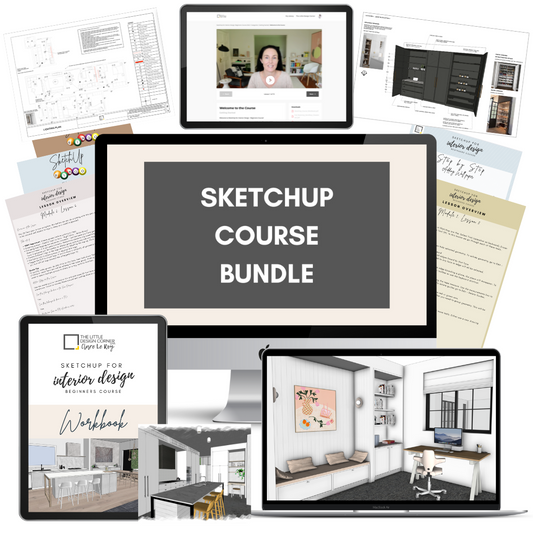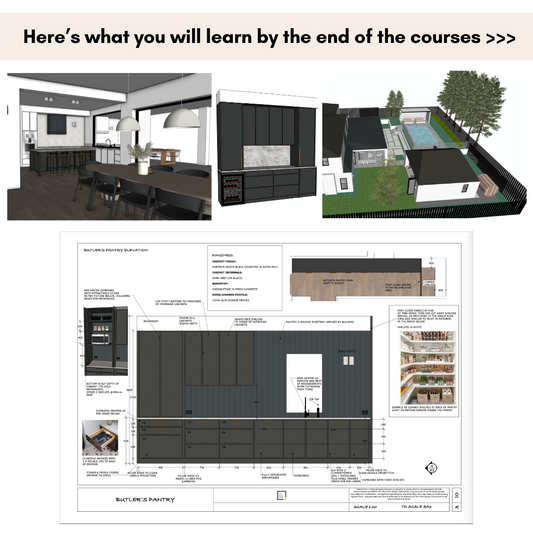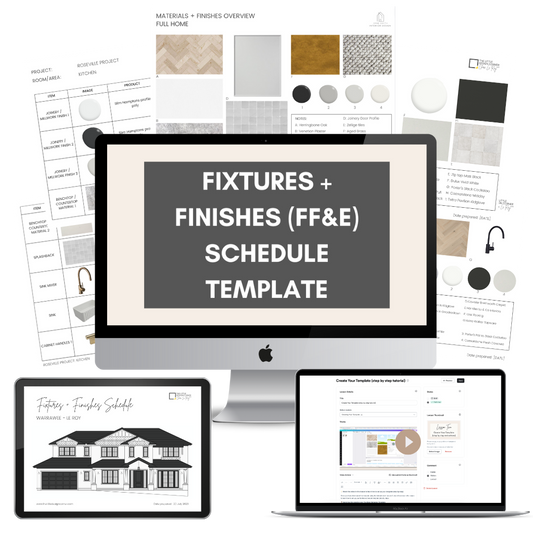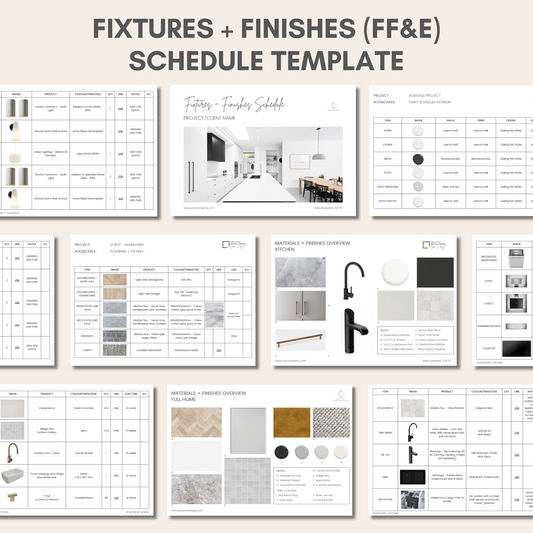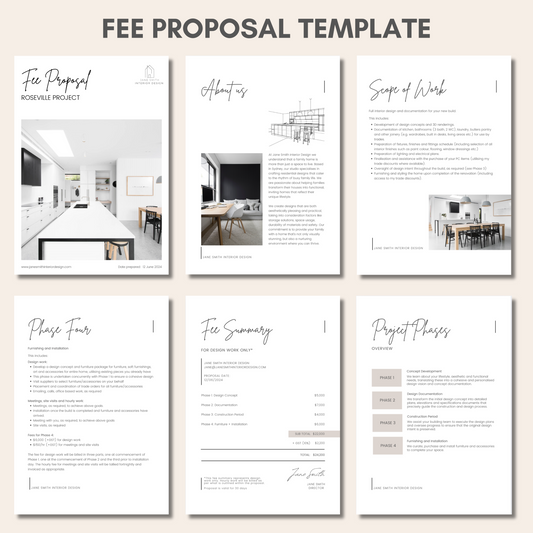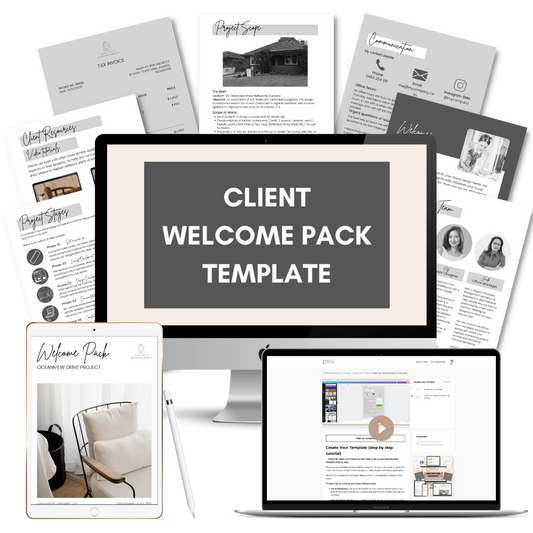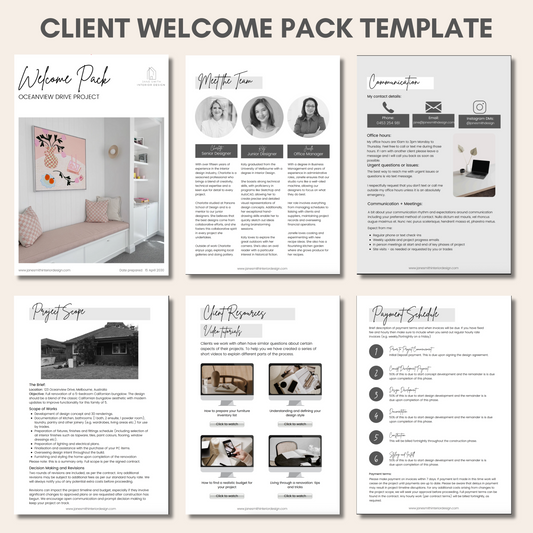In this post I share some tips for how to think about sorting, managing and storing the copious amounts of samples and materials you will collect as a designer or architect.
1: Find a place to store samples
The first question you need to consider is where you are going to be storing your samples.
You are likely to build up quite a collection over time and so generally you’ll need to either purchase a cabinet or some shelves plus baskets or trays to store things in. You may even have a built in cupboard that you can store these in (or could have one built by a cabinet maker).
Perhaps you may need to find a place in a garage or somewhere else if you are limited by space.
Some people also use their samples as artwork of sorts – by hanging picture ledges to lean them on. Whatever you decide, just pick somewhere that your samples are going to go.
Love it or hate it, IKEA solutions can be fantastic for samples storage and if you need more inspiration then check out Pinterest for more ideas. I have a full board with lots of ideas for sample storage.
2: Decide out how you will organise your samples
After you have decided where you will store your samples you need to think about your system for doing so. Will you store these in boxes or baskets? Will you hang your fabrics? What will you store out of sight? How will you catalogue your samples? Again, check out the Pinterest board for some ideas here.
3: Group together samples from the same supplier
The way you group your samples is likely going to depend on the way your brain recalls information. For me, I’m more likely to remember the name of the supplier so I normally group my samples together per supplier.
But if your brain works more by recalling a colour, pattern or texture then perhaps you’ll group yours like that.
Whatever works for you the most important thing is to set up a system and then stick to it. So think about that before your sample collection gets out of control.
4: Think about the sizes of samples
Also make sure you think about how to store samples of all different sizes. Not everything is going to fit in to neat boxes or baskets. You will have fabric that may need to be hung. You’ll likely have large format tiles. Think about how you will group things and where they will be put away.
5: Label any boxes or baskets with what they inside
This sounds obvious but it will really help you a lot, especially as your collection grows.
Also - boxes labelled on an open shelf can look very aesthetic as well, which can be nice for creating an inspiring place to work.
6: What to do with large samples or samples that are unlabelled
One idea for large samples is to use painters tape and write the name of the sample and the supplier name on it as soon as you get it. You’ll be surprised at how annoying it will be when you find that tile again in 18 months time and can’t remember where you got it from!
7: If you have clients come to visit you in your office
If clients visit you at your office then make sure your samples area visually appealing and neatly stored.
You want your business to be aspirational and when a client visits you in your office they will be looking at everything and making a judgement on everything they see (both subconsciously and consciously). So make your office feel like a place that people want to visit.
Having organised samples that look visually appealing will show you (and your business!) are also organised. It will subconsciously add to the trust they place in your business.
Don’t let them come in and see a disorganised mess on a shelf.
8: Have one box dedicated to ‘sample returns’.
You aren’t going to need to keep all the samples that you get from suppliers. Nor are all suppliers willing to let you keep their samples. So make sure you have a place to keep the samples that you need to return or don’t want to keep.
Rather than throw samples away – give them back and save the environment!
Also – be brutal on what you keep. If you think you’ll use it again, it’s worth keeping. But don’t keep things for the sake of it or they will just clutter your samples area and take up precious space.
9: Do a regular inventory before it gets overwhelming.
Make sure you do a clean out – once a year or so – and get rid of any samples you haven’t been using.
Return them to the supplier or make a note to contact a supplier if you need your catalogs or binders updated.
Most supplier reps will stay in regular contact with you to keep their binders updated with you, but doing an annual check of it all will stop it getting out of control.
10: Keep a database of your local supplier reps for the products you use the most.
A rep list inside Notion or even just an excel spreadsheet is a great idea. Take note of your rep name, email and phone number and also note down your trade agreement with them (e.g. how much discount you get etc.) and any other pertinent information about that supplier.
Reps will normally happily come to your office and show you what is new and leave you samples. If you keep your database up to date then you’ll know exactly where to go when you need to contact someone for a new sample or to ask about updates to product lines.
11: Purchase a tray or display case to curate your samples for clients.
Give some thought as to how you will present samples and material palettes to your clients.
You may like to purchase a tray or display case of some sort so that you can easily transport this and set it up in the client’s home or make this look more professional if the client comes to you.
Think about this ahead of time so you aren’t scrambling on the day trying to find something!




